Information about people arbitrarily converting the purpose of using one-crop rice land to grow roses and some solutions of specialized agencies in protecting water resources and protecting the environment in some communes in Lai Chau province. Mr. Ngo Xuan Hung, Deputy Director of the Department of Natural Resources and Environment of Lai Chau province, said: Some areas in the districts of Tam Duong, Tan Uyen, Sin Ho and Lai Chau city have developed a rose growing area of 100 hectares.
In addition to the flower growing area implemented according to the Project on concentrated commodity development for the period 2021 - 2025, with a vision to 2030 of the province, many households also rent one-crop rice land for organizations and individuals in Hung Yen, Hanoi, and Vinh Phuc to grow flowers, the area has now increased to 171 hectares.
Of which, 63.4 hectares are in Giang Ma, Ho Thau, Then Sin communes and Tam Duong town. 1.5 hectares are in Tan Uyen town. 25 hectares are in Sin Ho town, Sa De Phin commune and 81.5 hectares are in San Thang, Sung Phai, Quyet Thang, Dong Phong.
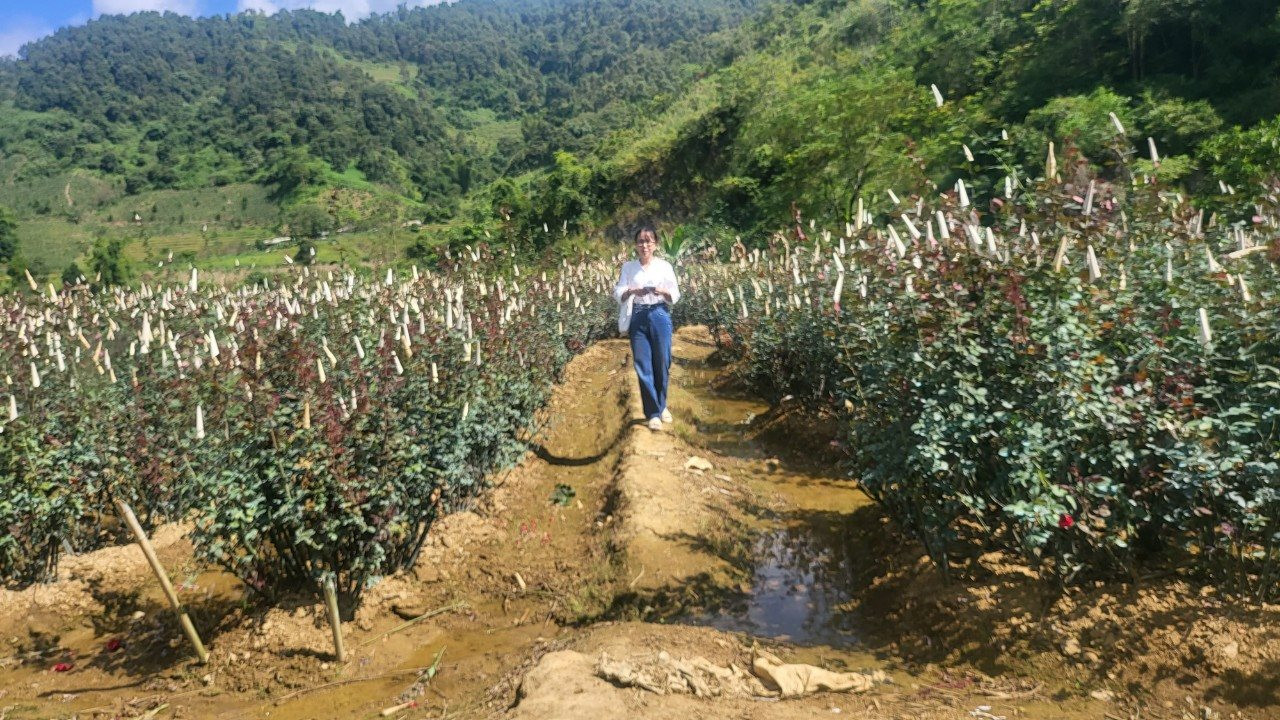
Due to the growth characteristics of roses, there are many pests and diseases, leading to flower growers using more pesticides and inorganic and organic fertilizers than other crops. This has the potential to affect domestic water sources, especially in the Ta Leng area near the water plant, which supplies domestic water to Lai Chau City. This situation occurs because communes, wards, districts and cities are not strict in land management. People are allowed to arbitrarily change land purposes without permission and registration with the locality and lack of inspection and assessment of the conditions of water source protection in the conversion of land use purposes, leading to some rose growing areas near the protection range of water source corridors.
Previously, on April 5, 2021, Lai Chau Provincial People's Committee issued Document No. 829/UBND-KT, on strengthening environmental management in crop restructuring. And Official Dispatch No. 922/UBND-KTN, dated March 17, 2023, directed the temporary suspension of land leasing for rose cultivation.
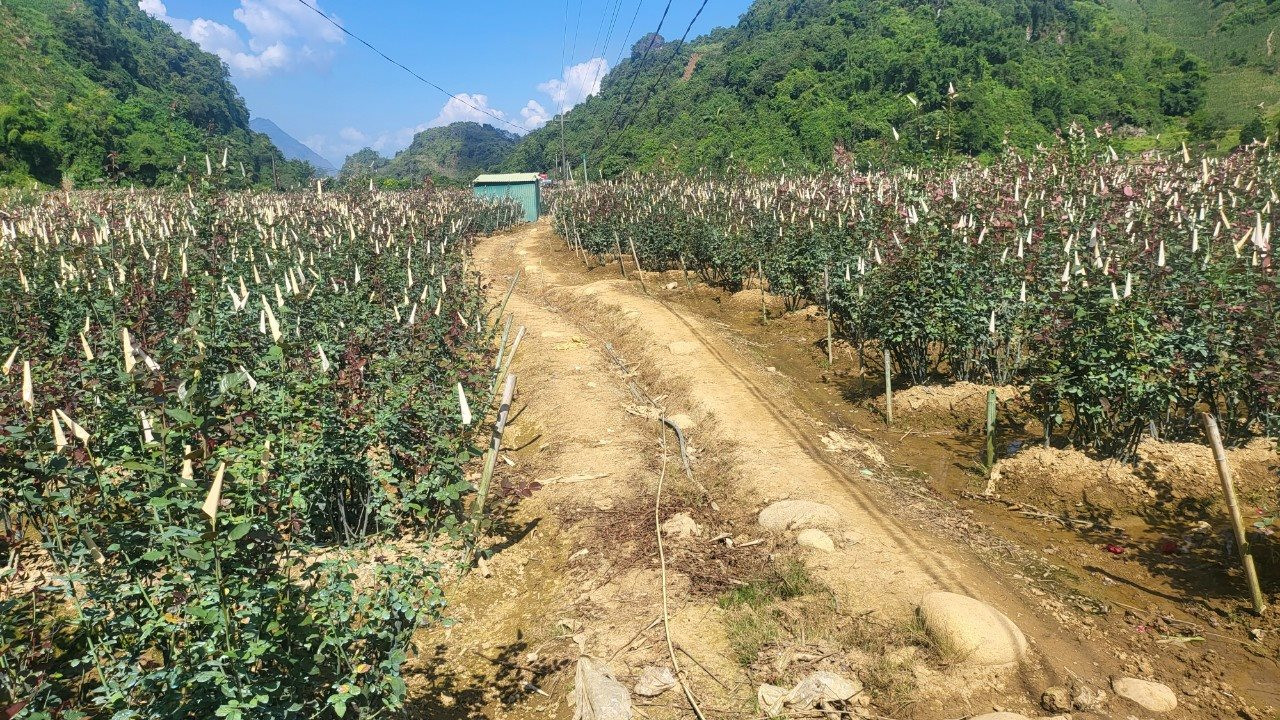
Mr. Hung added: In response to that reality, the Department of Natural Resources and Environment, the Department of Agriculture and Rural Development of Lai Chau province and the People's Committees of districts and cities have disseminated instructions to flower growers to sign a commitment during the care process, using pesticides and fertilizers in accordance with regulations. At the same time, flower growers are required not to use untreated organic fertilizers to fertilize crops, not to use pesticides outside the list that are not permitted for production and trading, or pesticides of unknown origin.
Build tanks to store used pesticide packaging and collect them in accordance with regulations. In addition, localities strengthen the management of rice-growing land, research and propose appropriate crop restructuring to include in the land use planning for the 2021-2030 period and annual land use plans. Develop and approve plans to guide the conversion of crop structure on rice-growing land in accordance with regulations. Strengthen the management of land use conversion in agricultural production activities.
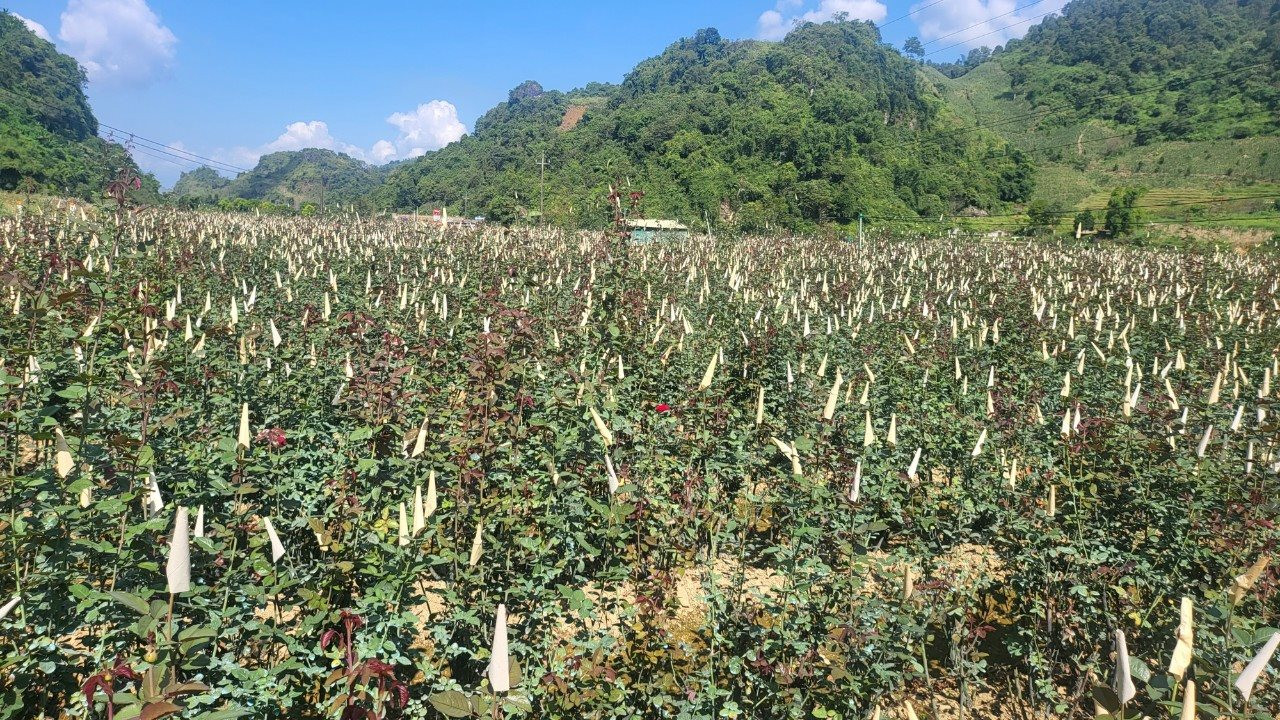
To control the quality of water sources for domestic use, the Department of Natural Resources and Environment has advised the Provincial People's Committee to supplement the province's environmental monitoring plan for the period 2021 - 2025 at locations for taking soil, water and air emissions samples in rose growing areas, especially in areas at the head of domestic water sources. At the same time, the Provincial People's Committee has been reported to approve the task of making a list of wastewater sources and establishing a protection corridor to limit activities affecting the quality of water sources in the sanitary protection zone of the water source area.
Also according to information from Lai Chau Department of Natural Resources and Environment, up to now, communes, wards, districts and cities have stopped spontaneously expanding rose growing areas, especially rose growing in areas at the headwaters of domestic water sources, near concentrated residential areas.
Source






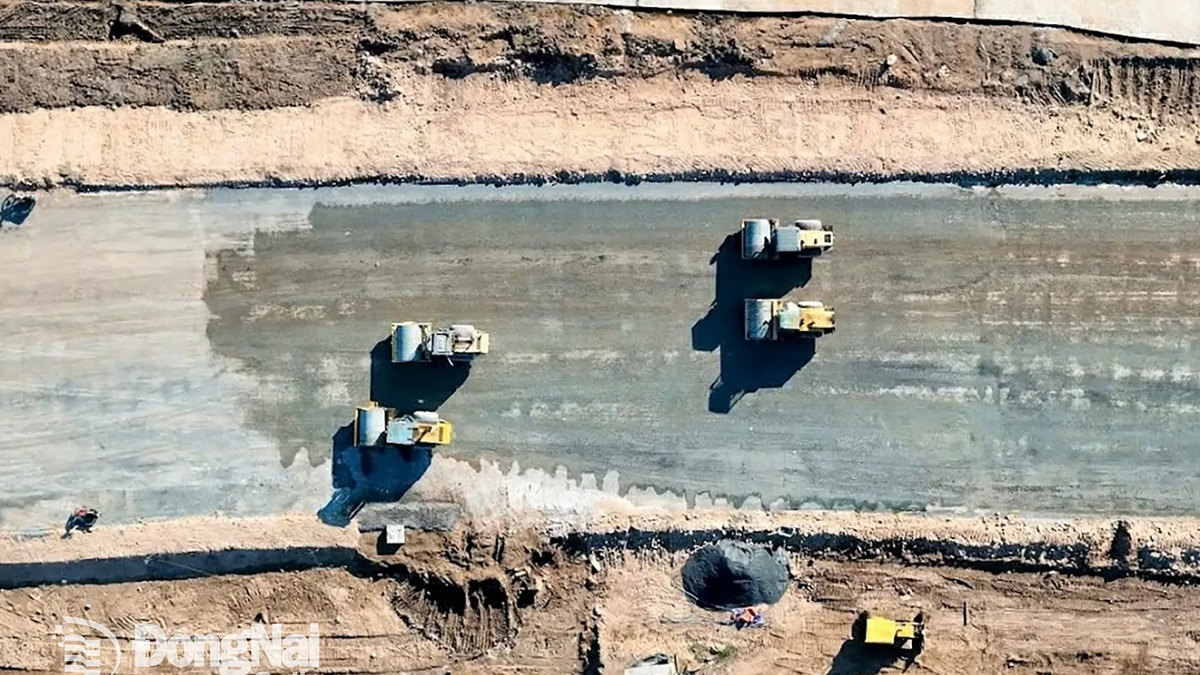
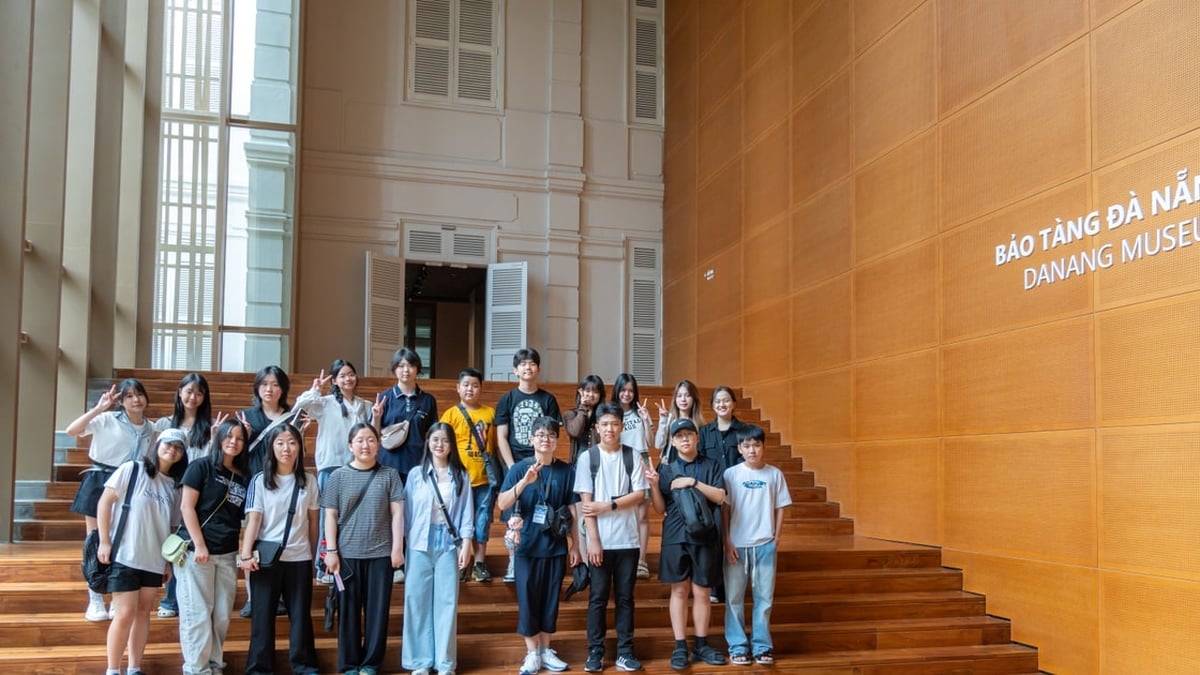
























































































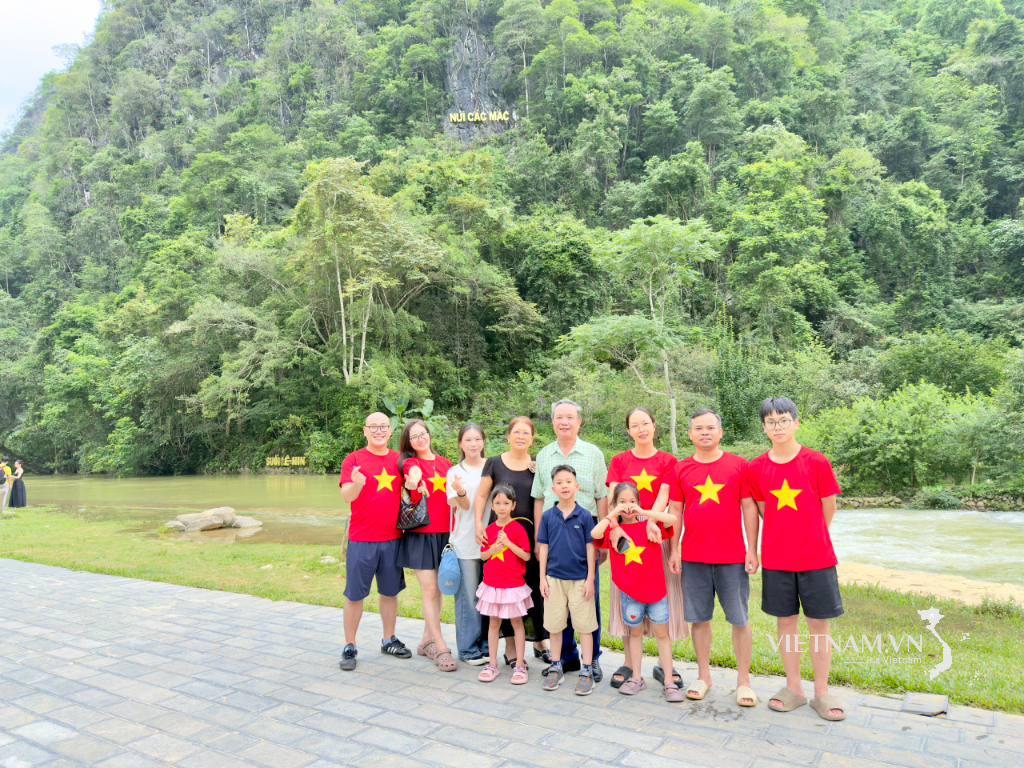

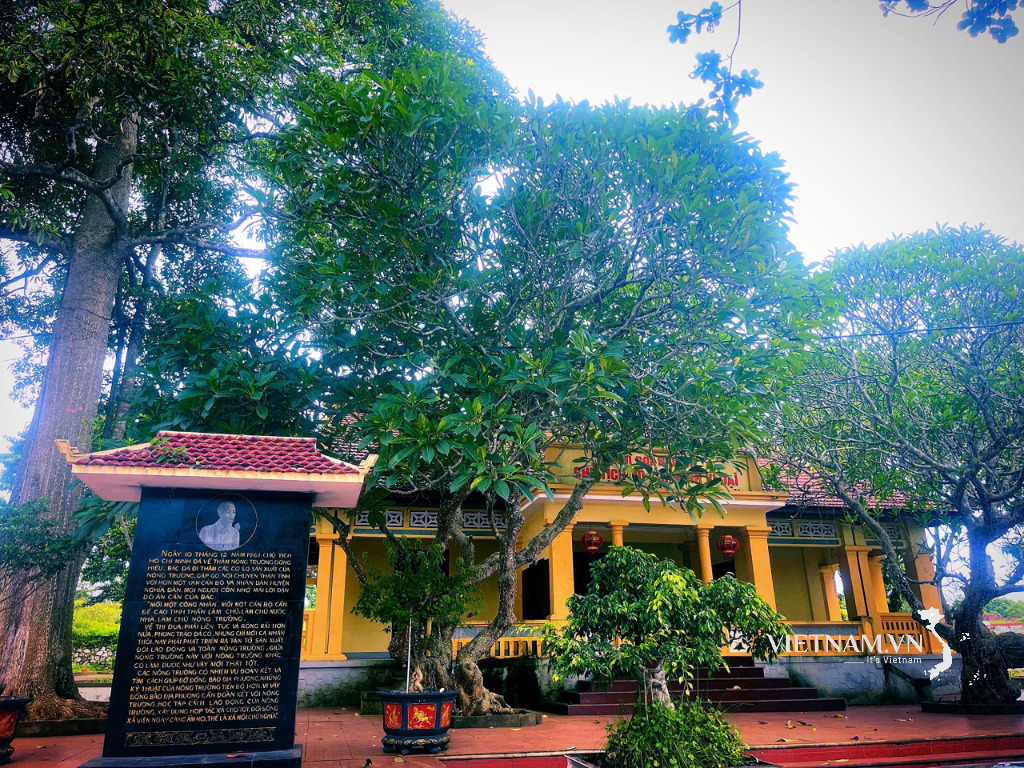

Comment (0)